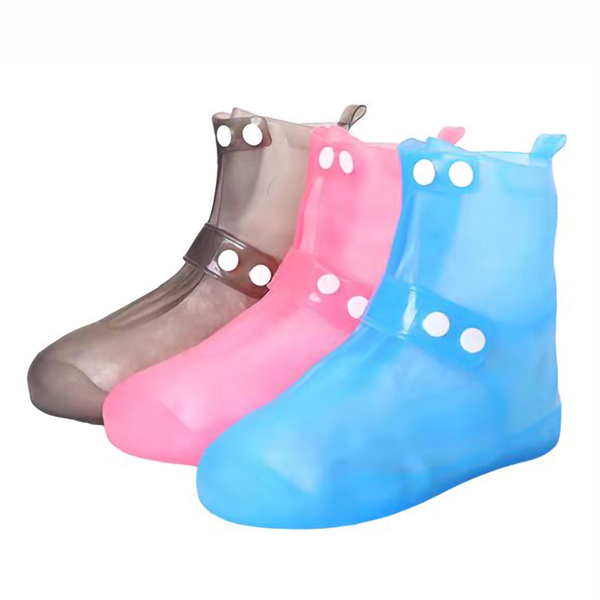 rainwears@163.com may@may-rain.com
rainwears@163.com may@may-rain.com Mon to Friday: 8.00 am - 7.00 pm
Mon to Friday: 8.00 am - 7.00 pm
raincoat material
Understanding Raincoat Materials Choosing the Right One for You
Rainy days can be both a nuisance and a source of inspiration. They can disrupt plans, but they also offer a chance to refresh your wardrobe with stylish rain gear. A critical aspect of purchasing a raincoat is understanding the materials used in its construction. This guide will help you navigate through the various types of raincoat materials, emphasizing their benefits, drawbacks, and ideal uses.
1. Polyester
Polyester is a popular choice for raincoat material due to its durability, affordability, and water-resistant properties. This synthetic fiber is often treated with a waterproof coating, making it effective in keeping moisture out. Additionally, polyester raincoats tend to be lightweight and breathable, which can be a significant advantage during active use. However, they may not offer complete waterproofing; thus, it's essential to check for specific waterproof ratings (like a minimum of 3000 mm) when shopping.
2. Nylon
Nylon, similar to polyester, is another synthetic material frequently used in rain gear. It is known for its strength and resistance to abrasions. Nylon raincoats often come with a water-repellent finish, and many manufacturers implement additional layers or membranes to enhance their waterproof abilities. The downside to nylon is that it can be less breathable than polyester, which may lead to discomfort during extended wear in humid conditions. For those engaging in outdoor activities, look for nylon blends that offer better ventilation.
3. Gore-Tex
raincoat material

Gore-Tex is a specialized waterproof and breathable fabric commonly used in high-end raincoats. This material consists of a membrane that is both waterproof and allows sweat vapor to escape, making it an excellent choice for those who need reliable protection against rain without sacrificing comfort. Gore-Tex raincoats are often seen in outdoor retail stores, reflecting their durability and performance in severe weather conditions. The trade-off is usually a higher price point, but the long-term investment can be worth it for avid outdoor enthusiasts.
4. Vinyl and PVC
Vinyl and PVC raincoats are typically less expensive options that offer decent water resistance. These materials are entirely waterproof, making them suitable for light to moderate rain. However, they are not breathable, which can make wearers feel clammy during prolonged use. Furthermore, vinyl and PVC can lack the flexibility and comfort found in higher-end materials. They are ideal for casual use or quick errands rather than extended outdoor activities.
5. Natural Fibers with Treatments
Some modern raincoats utilize natural fibers, such as cotton, treated with waterproof finishes. These jackets can offer a versatile style and comfort, suitable for urban environments. However, the level of waterproofing might not match that of synthetic materials. It is essential to consider your needs; if you need a raincoat for everyday wear in a city, a treated cotton option might work, while harsher weather conditions may require something more robust.
Final Thoughts
Choosing the right raincoat material depends on your intended use, preferences, and budget. It’s crucial to consider the balance between waterproofing, breathability, comfort, and durability. Whether it’s for casual outings, outdoor adventures, or daily commutes, understanding the characteristics of each material will help you select the perfect raincoat to keep you dry and stylish. As with any garment, a little research can go a long way in ensuring that you make a well-informed decision!
-
Silver Printed Women’s Jacket – Stylish, Lightweight & Trendy Outerwear
NewsJul.30,2025
-
Fashionable Design Long Raincoat Rain Poncho Waterproof Polyester
NewsJul.30,2025
-
High Lighting Reflective Rain Jacket Windbreaker Safety Jacket for Adult
NewsJul.29,2025
-
Disposable PE Rain Poncho - Lightweight, Waterproof, Easy to Carry
NewsJul.29,2025
-
Stylish Lady Coat Women Jacket – Trendy & Elegant Outerwear
NewsJul.29,2025
-
Full Printing 100% Waterproof Wearable Striped Polyester Fashion Windproof Raincoat
NewsJul.29,2025































